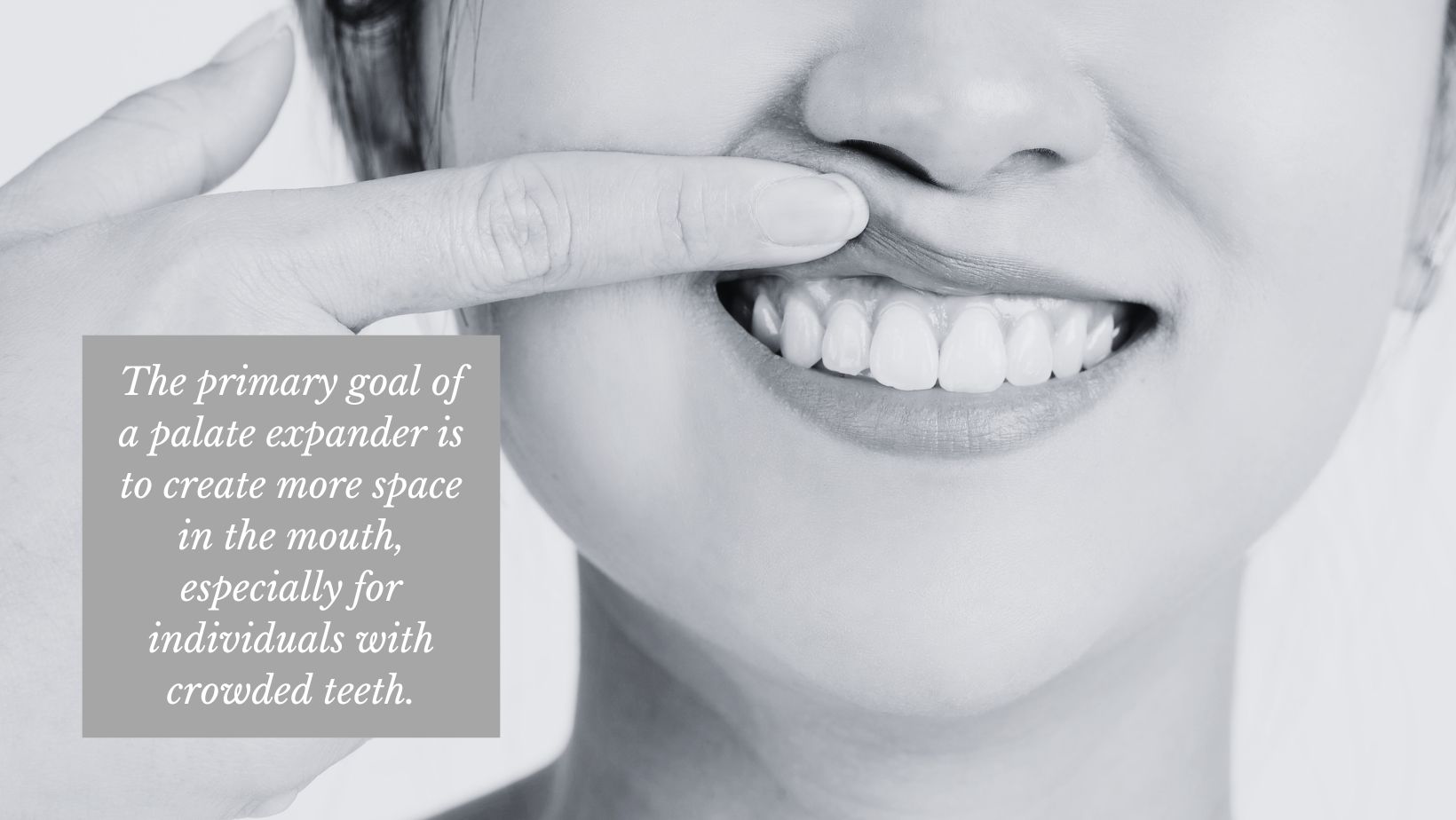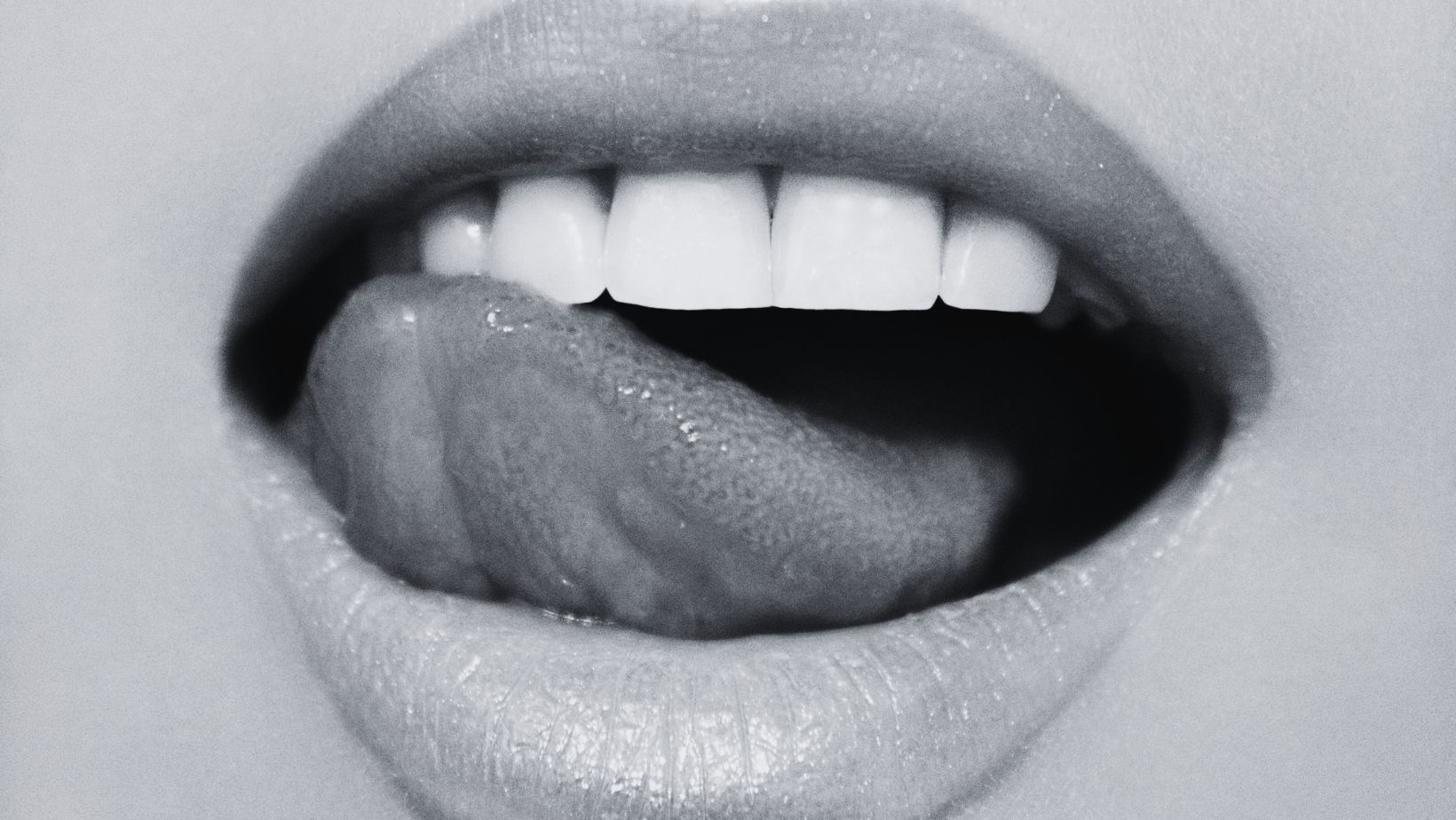The journey to a straighter, healthier smile involves various orthodontic tools, each playing a unique role in the transformation process. Let’s focus on the palate expander–what exactly is this device, does it hurt, and how does it contribute to the alignment of your teeth?
What is a palate expander?
A palate expander is a dental device used to widen the upper jaw or palate. It is commonly used in orthodontic treatment, particularly in cases where there is a narrow upper jaw or a difference between the upper and lower jaw sizes. The primary goal of a palate expander is to create more space in the mouth, especially for individuals with crowded teeth.
How does a palate expander work?
A palate expander works by applying controlled and gradual pressure to the bones of the upper jaw or palate, encouraging them to move apart over time. The device fits along the roof of the mouth and is connected to the upper molars with screws.
After the palate expander is fitted, activation involves turning the screw using a key. This action generates tension, exerting gentle pressure on the upper molars and the junction— known as the intermaxillary suture in orthodontic terms, where the two maxillary or palatal bones meet. As a result, the bones gradually separate, widening the jaw. Once the targeted expansion is achieved, the expander remains in position for a brief period, allowing new bone formation to stabilize the expansion.
Do palate expanders hurt?
Minor discomfort can occur from this device, usually right after the expander has been adjusted using the key. Palate expanders shouldn’t cause severe pain or discomfort. If a patient develops intense side effects, they should call a dentist or orthodontist as soon as possible.
Who needs a palate expander?
Palate expanders are often used in children and adolescents during their growing years when the bones are more pliable. A dentist or orthodontist might recommend a palate expander to a patient with:
- Crooked teeth
- Impacted teeth
- Crowded teeth
- Crossbite, overbite, or underbite
A palate expander widens the jaw, making more room for the patient’s teeth and improves the way the upper and lower jaws align.
Are braces applied before the palate expander?
Expanding a patient’s palate before braces are applied is common, and some patients will have the expander put in at the same time as the braces–depending on the needs of the patient.

How long does a palate expander last?
A palatal expander remains in the mouth for at least 6 months and as long as 1 year. Early removal can cause an immediate relapse of the expansion. An orthodontist will leave a palate expander in even after the expansion of the palate is complete to allow the bones to fuse and ensure the jaw is strong.
How to take care of an orthodontic expander
Taking care of an orthodontic expander is essential to ensure its effectiveness and maintain oral health. Here are some guidelines on how to care for an orthodontic expander:
Brush and floss regularly: Brush your teeth thoroughly, including the expander, after every meal and before bedtime. Pay special attention to the areas around the bands, screws, and the expander itself. Use dental floss or a floss threader to clean between the expander and teeth. This helps remove food particles and plaque that could cause further damage down the line.
Follow the orthodontist’s instructions: If the expander requires activation by turning a key, follow the orthodontist’s instructions precisely. This typically involves turning the key as instructed, usually twice a day (once in the morning and once at night). Over-tightening the expander can cause severe discomfort and pain, and can cause damage to the mouth and teeth.
Be Cautious: Avoid any impact or trauma to the face and mouth. Patients are advised to inform their orthodontist if they experience any accidents or injuries that may affect the expander.
Consistent and proper care of your orthodontic expander is crucial for achieving the desired results and minimizing the risk of complications.
Schedule an appointment
Set up a dental consultation through the Dental Health Society to determine whether your child needs a palate expander and when to get started.


